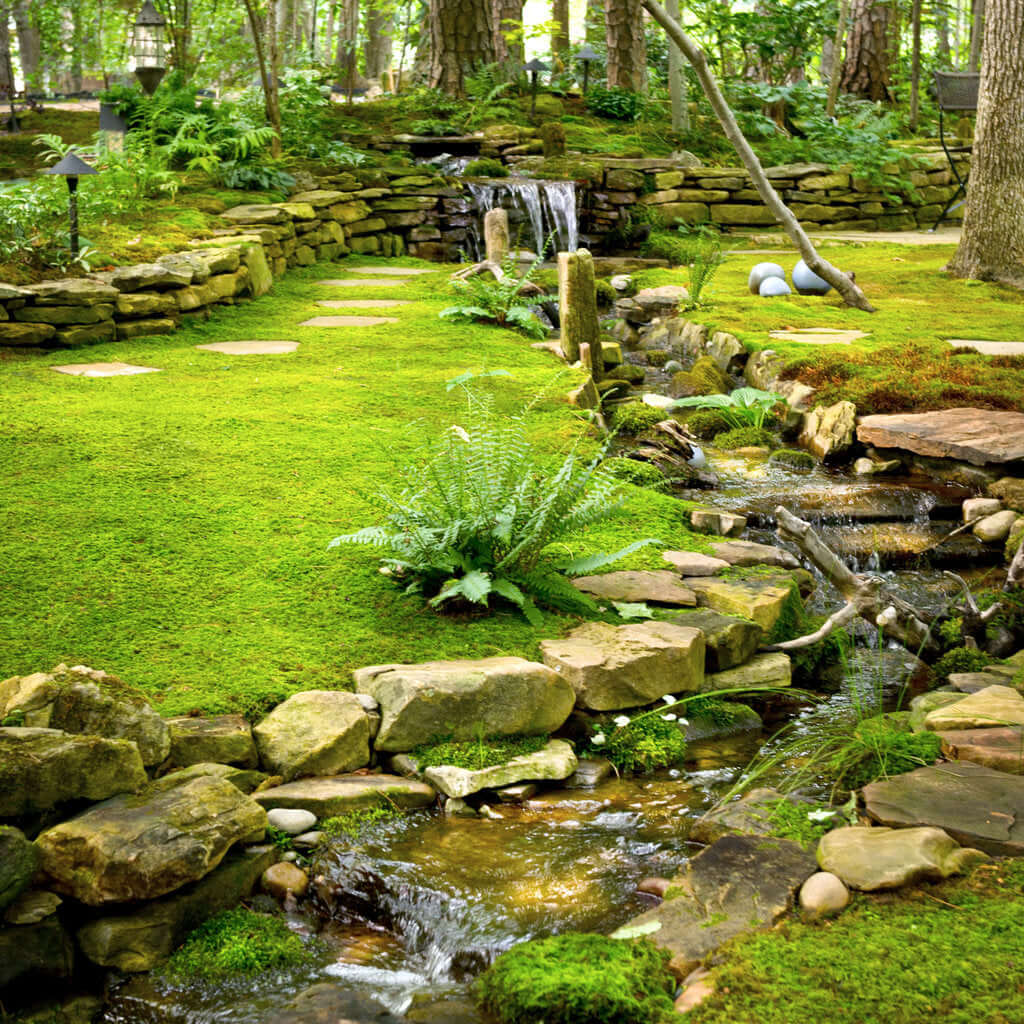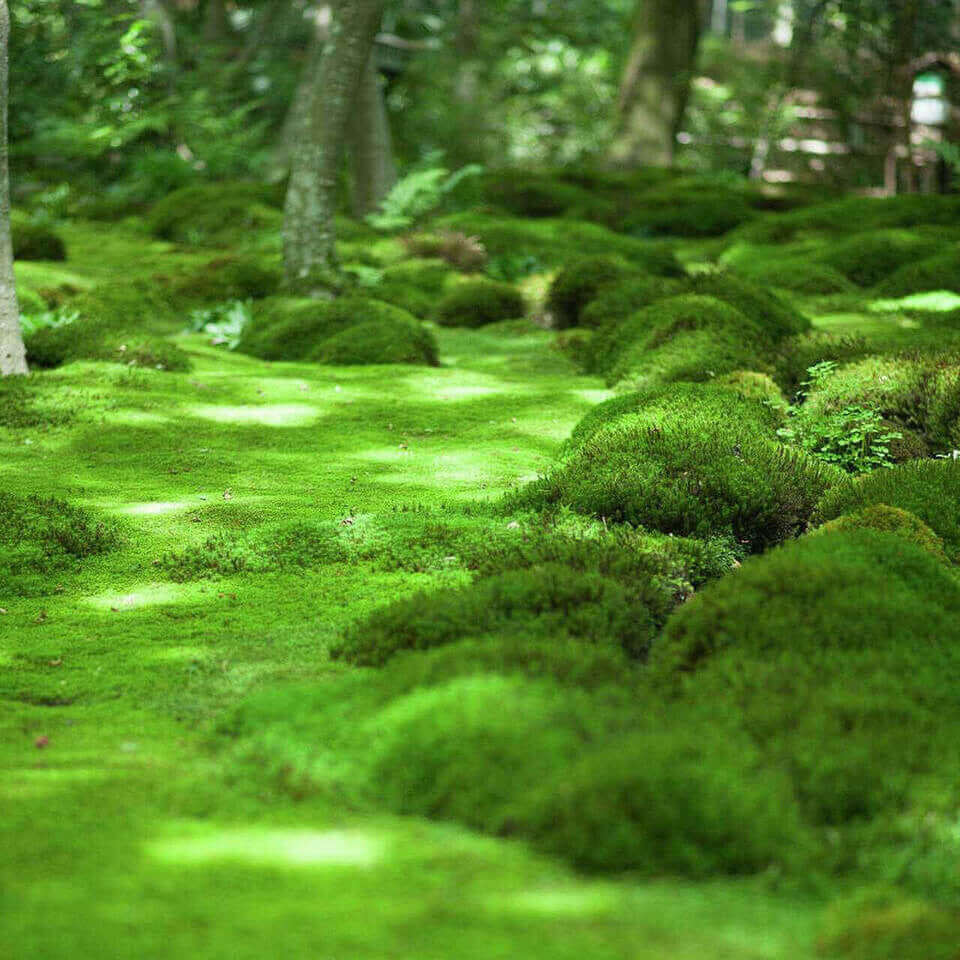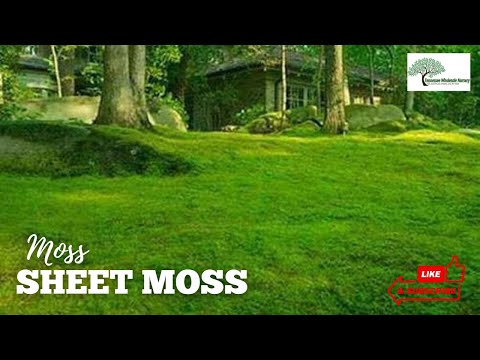Sheet Moss (Goose Neck Moss) - Perfect Ground Cover
With intriguing curved micro leaf clusters, Sheet Moss forms an attractive and dense mat of green over the landscape. Its name is a direct reflection of its ability to form a blanket structure over the soil/substrate that is void of gaps and leaves nothing to desire.
It is an effective non-aggressive ground cover with a true set-and-forget nature. It isn't just seen outdoors, however. This plant is also frequently used in floral arrangements due to its unique wild texture and vivid green hue.
Sheet Moss Plant Details - Ideal for Moist, Shady Spaces
Family: Hypnaceae
Light Requirement: Partial Shade - Full Shade
Water Needs: Moderate - High
Height: 1-3 cm.
Spread: Indefinitely
Growth Rate: Moderate
Wildlife Value: Provides microhabitats, encourages soil retention, and retains beneficial moisture
This plant proliferates in incredibly important microhabitats that are crucial to the ecosystem. By providing shelter for the smallest creatures in a landscape and contributing to healthy moisture levels, this is not only a lovely addition to any landscape but also a responsible one. It is known as being a favorite for Salamanders and other small amphibians. Moss produces spores as its means of reproduction, containing within it many complex botanical structures.
Landscape Uses for Sheet Moss (Hypnum curvifolium)
Notoriously low-maintenance and self-sufficient, Sheet Moss is ideal if you are looking to fill a space in more difficult areas of your terrain, such as shaded or moist areas. Sheet Moss will cling to any substrate it is given, spreading at a moderate pace to gently fill in the areas. Before you know it, your garden space will have a new flair of green charm.
Key Features of Sheet Moss (Hypnum curvifolium)
The leaves of Sheet Moss are scaley and a bit curly, making it easy to identify upon close inspection. The leaves are notably longer than other popular lawn mosses which is what lends itself to being an effective groundcover.
Exposure
Sheet Moss thrives in low to moderate light conditions. It prefers indirect sunlight or shaded areas protected from direct sunlight. Ideal for indoor settings or shaded outdoor spots, it adds lush greenery without requiring intense light.
Height at Maturity
Under 6 Inches
Usage
Shade Groundcover
Shipped As
Bare-root
Ships
UPS
Planting Zones
8-9




